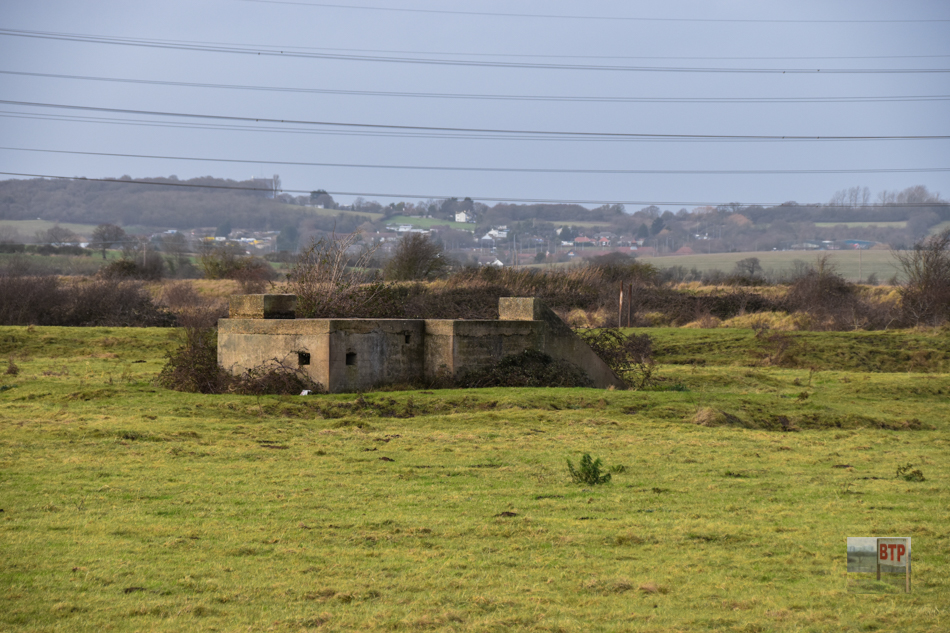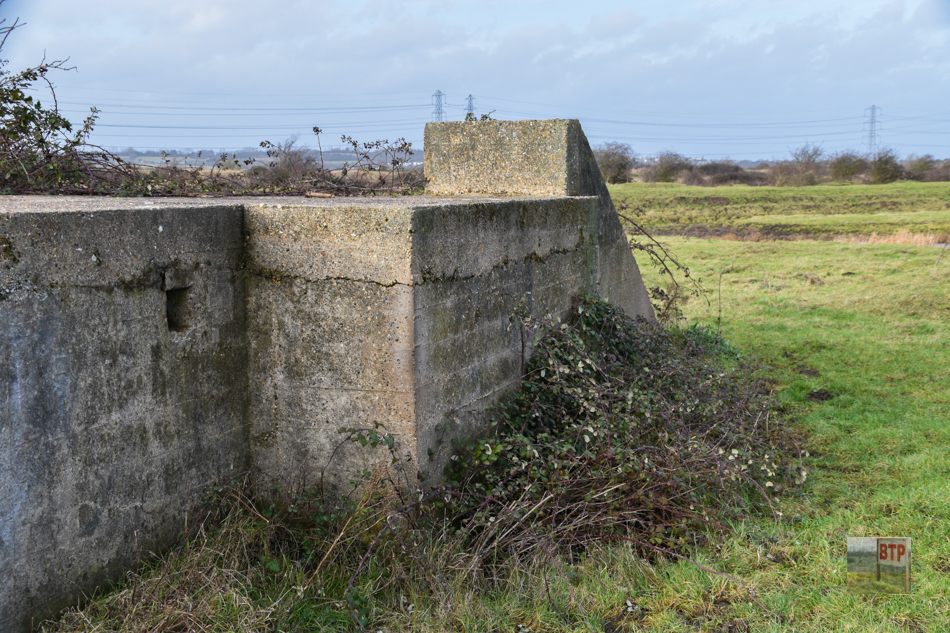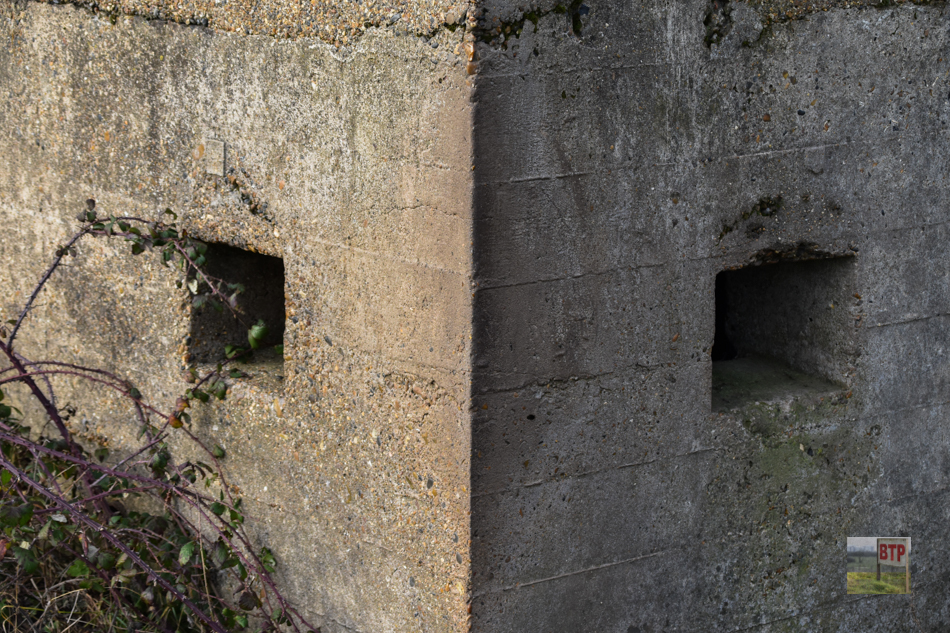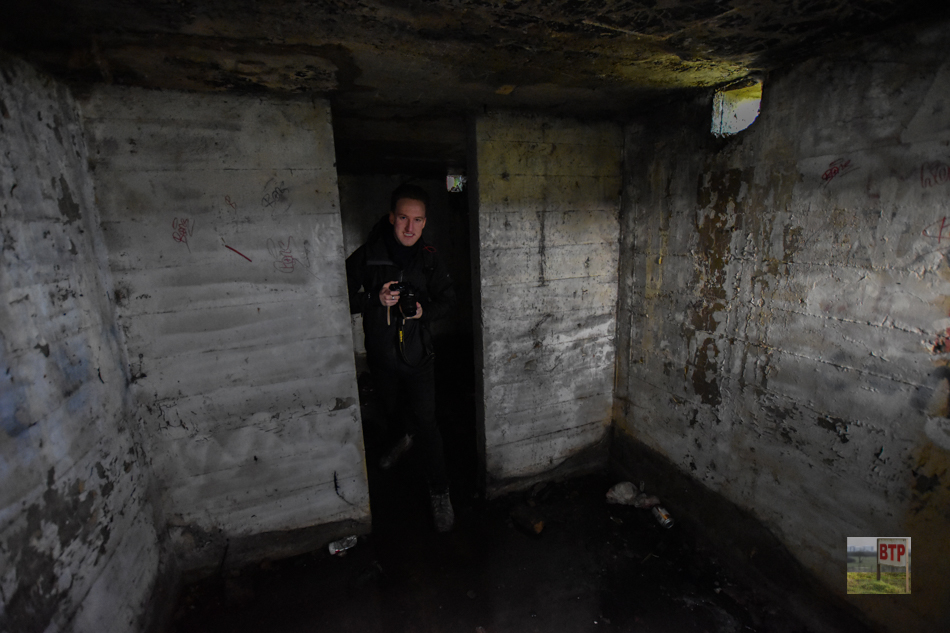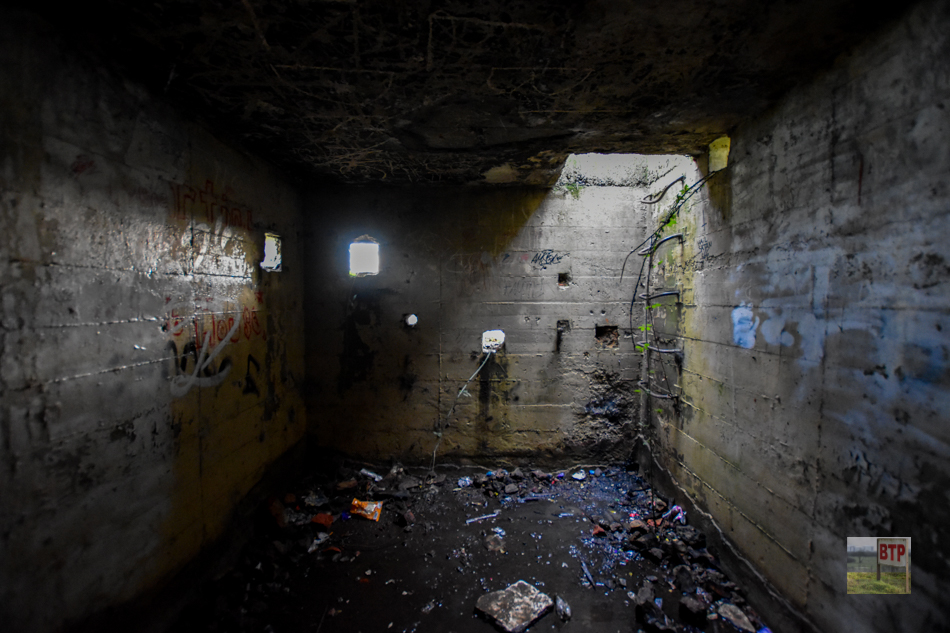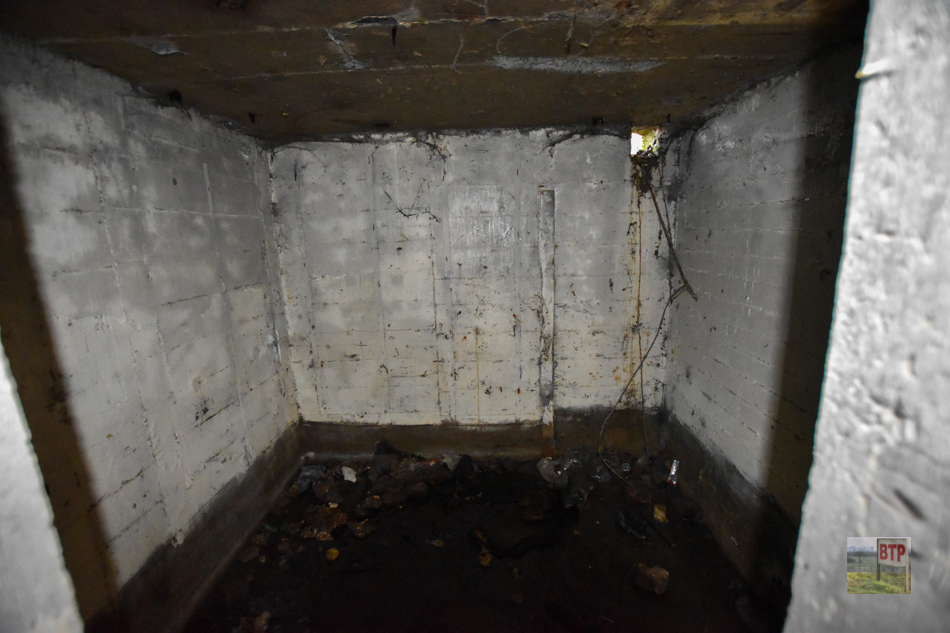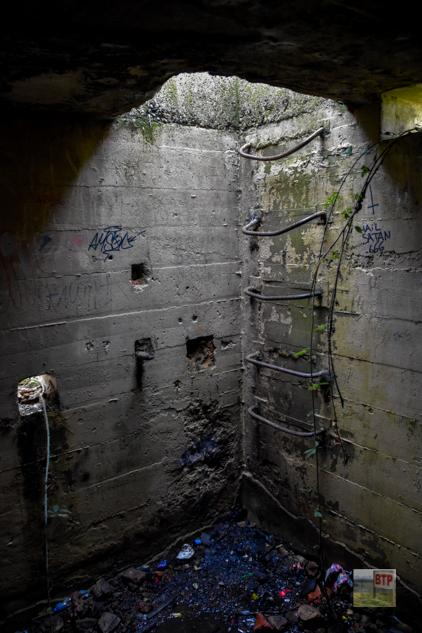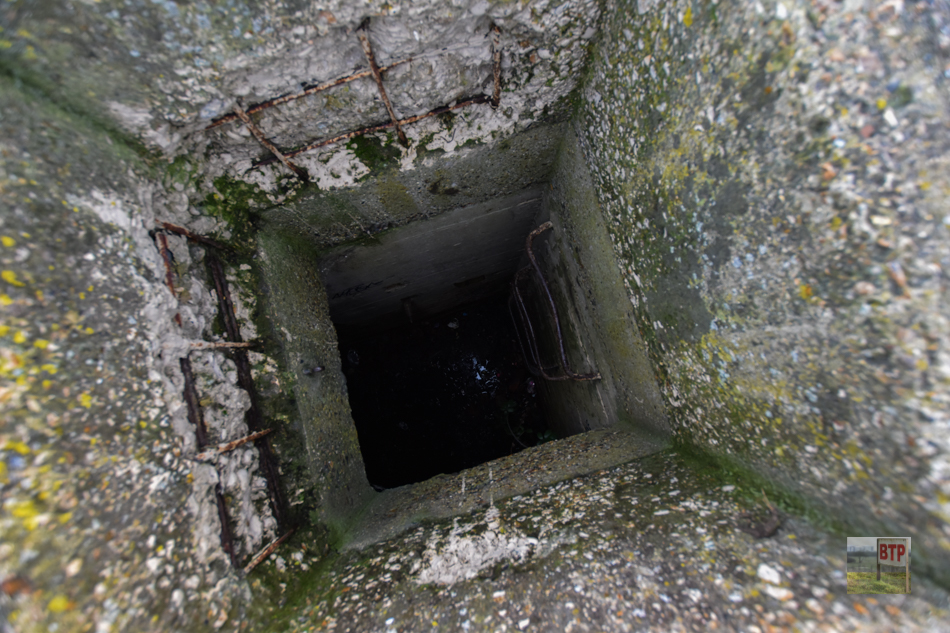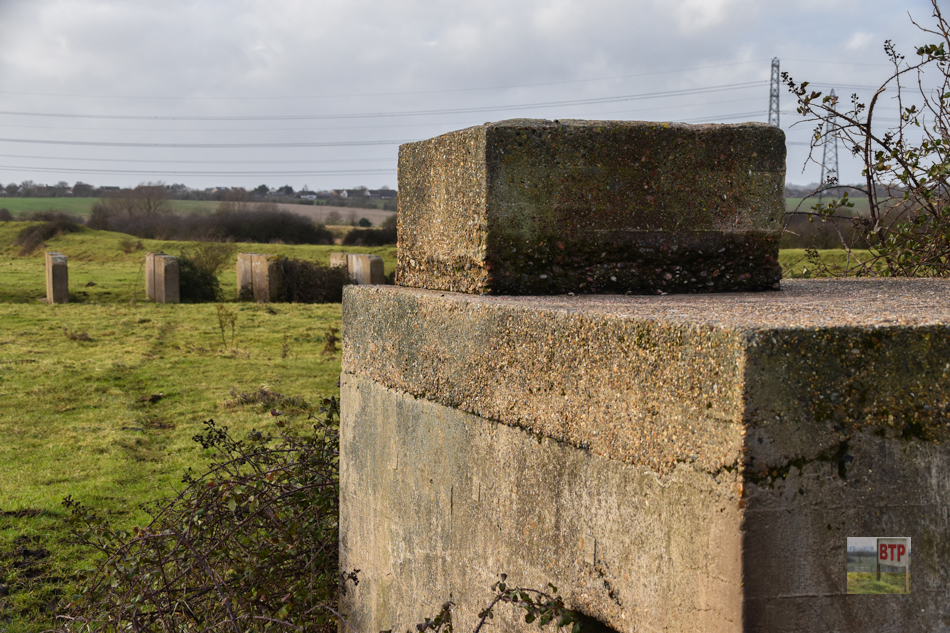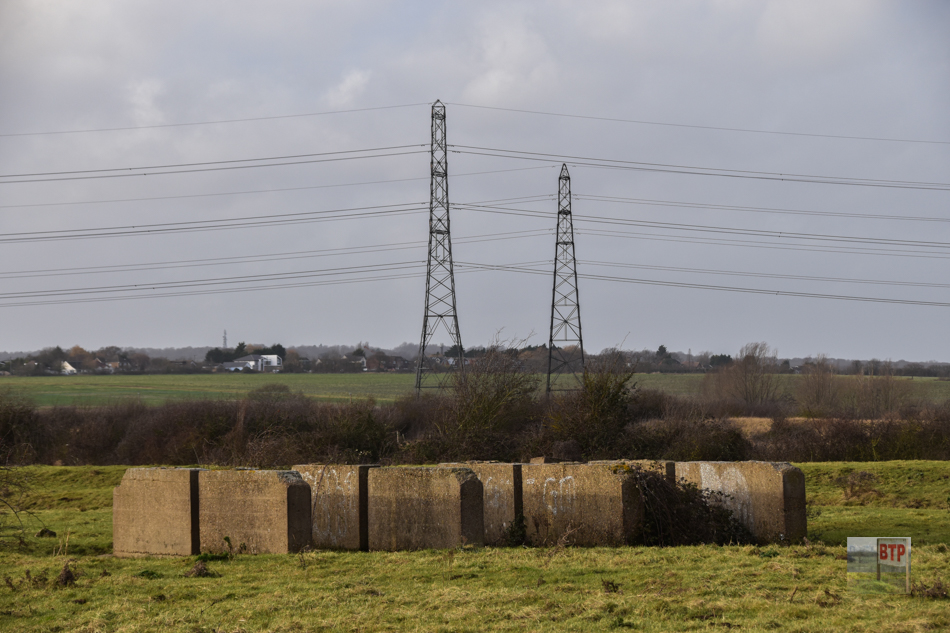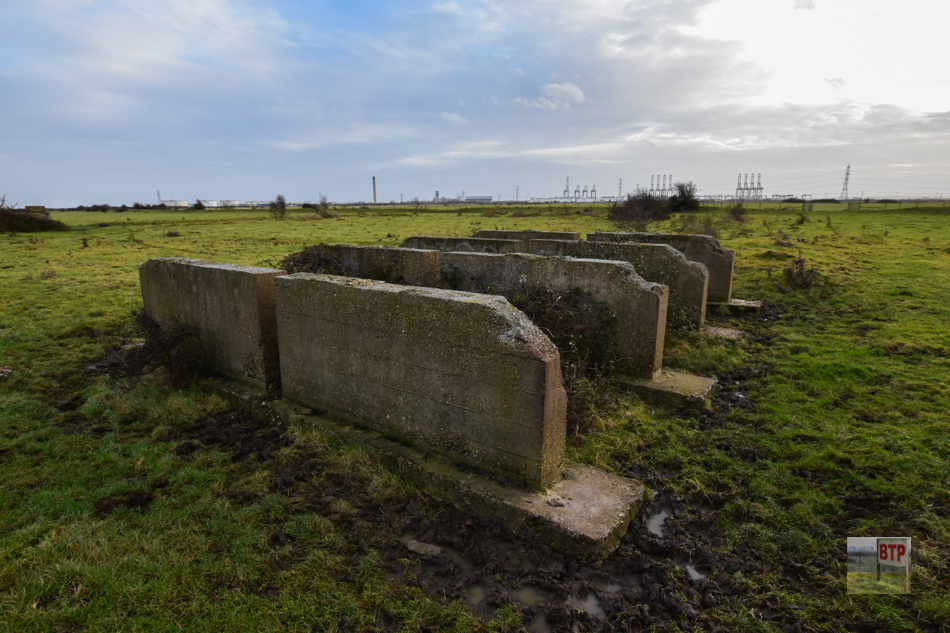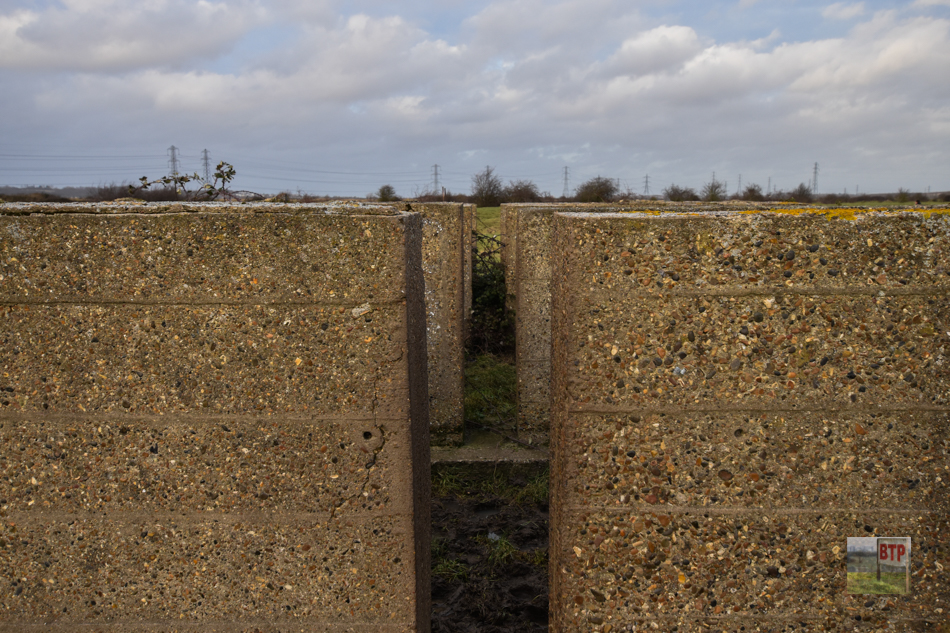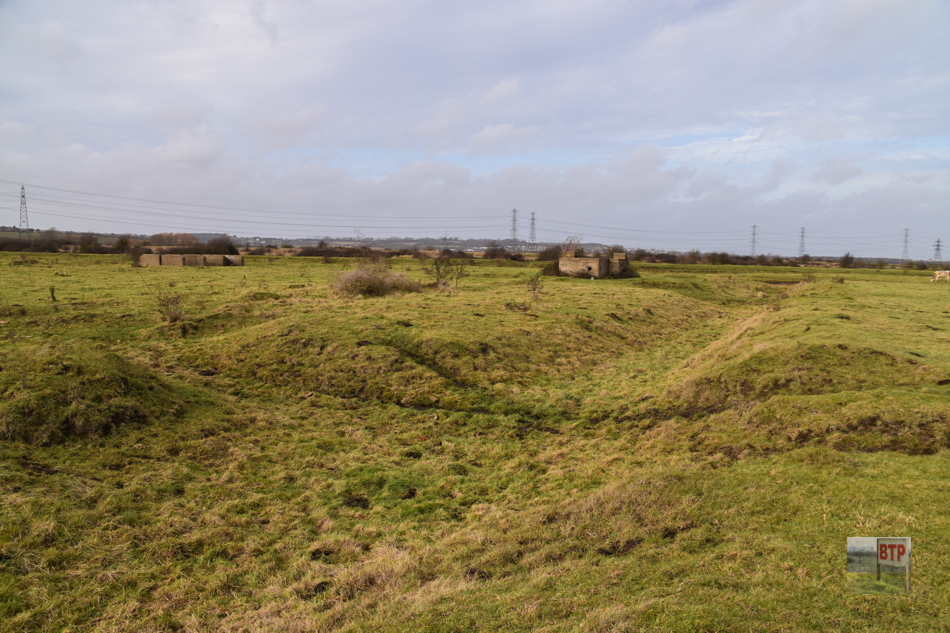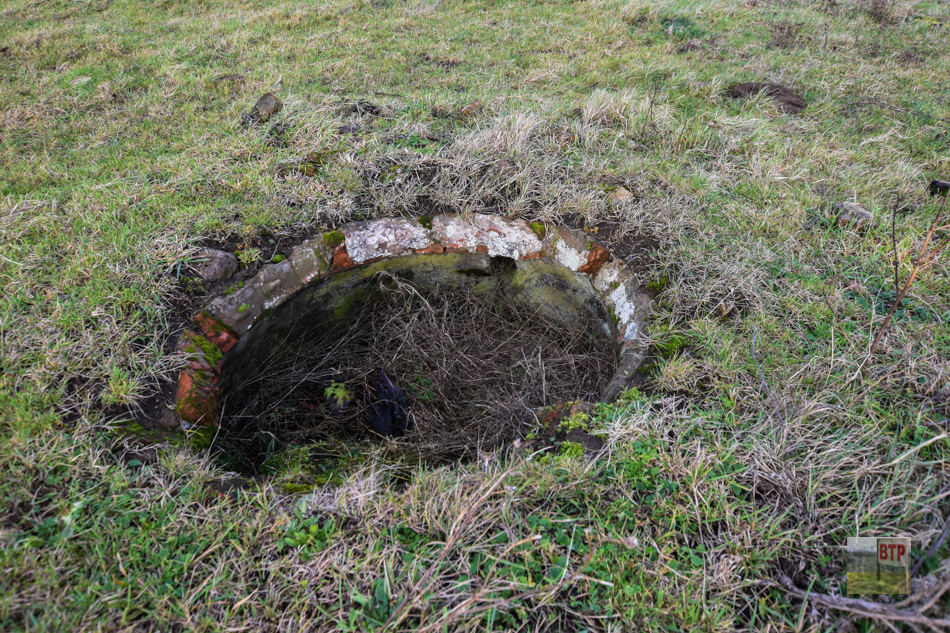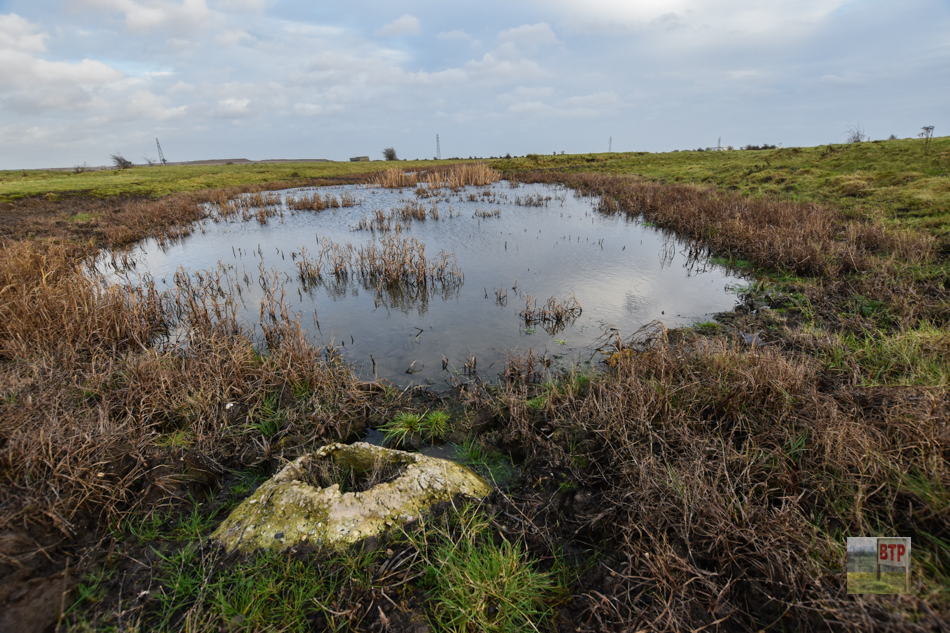After setting off from the explosives site at Coryton, we headed on a trek across the marshes towards the town of Fobbing. We were searching for a ‘Starfish’ site – one of a few that survive today. In January 1940, Britain’s decoy programme began and was designed to distract aircraft to sites that had supposedly been bombed however in reality it was actually fields with huge oil pits on fire, to simulate a destroyed city or town. Some 839 of these sites are recorded on official records in England however few remain today.
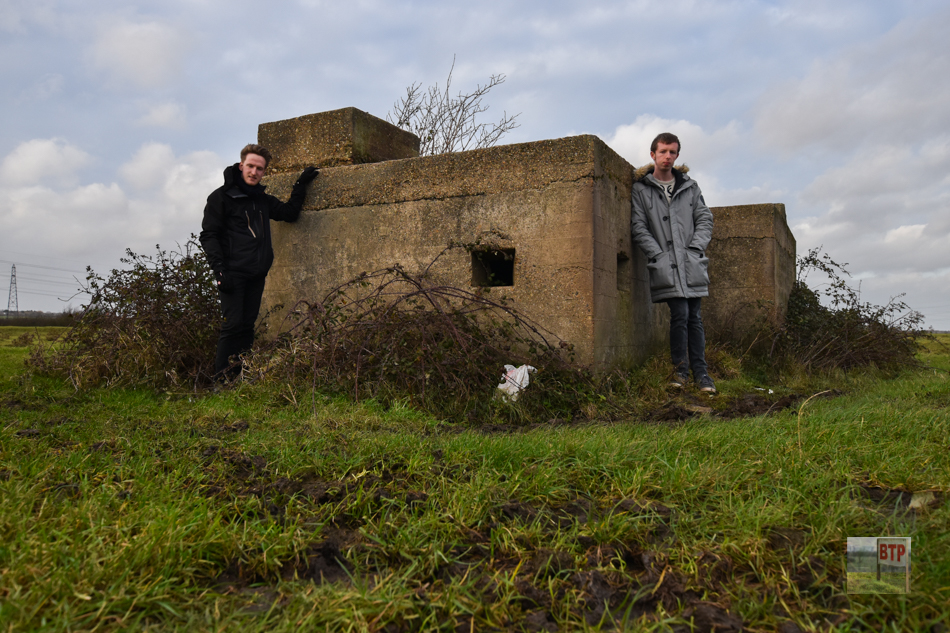
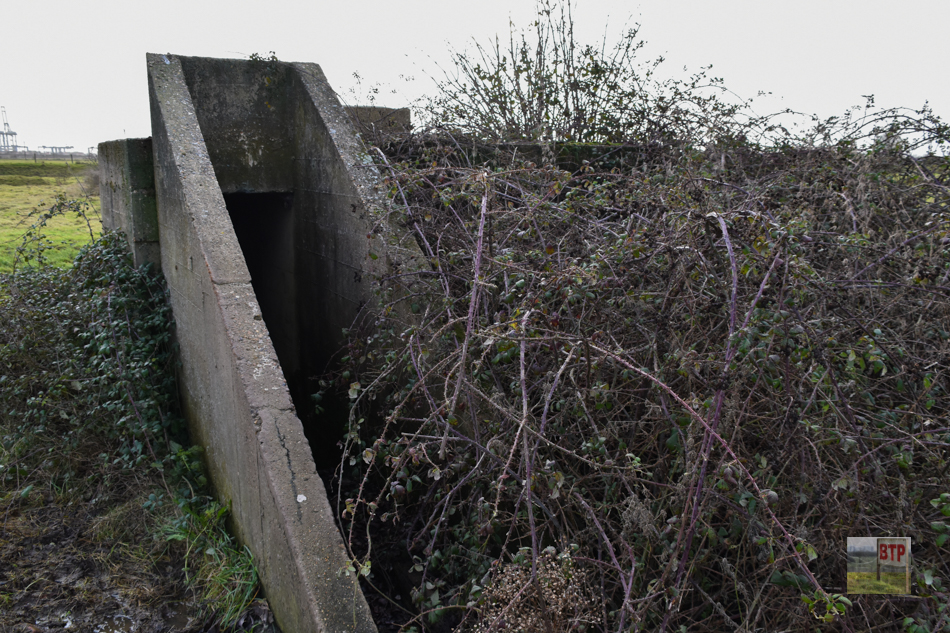
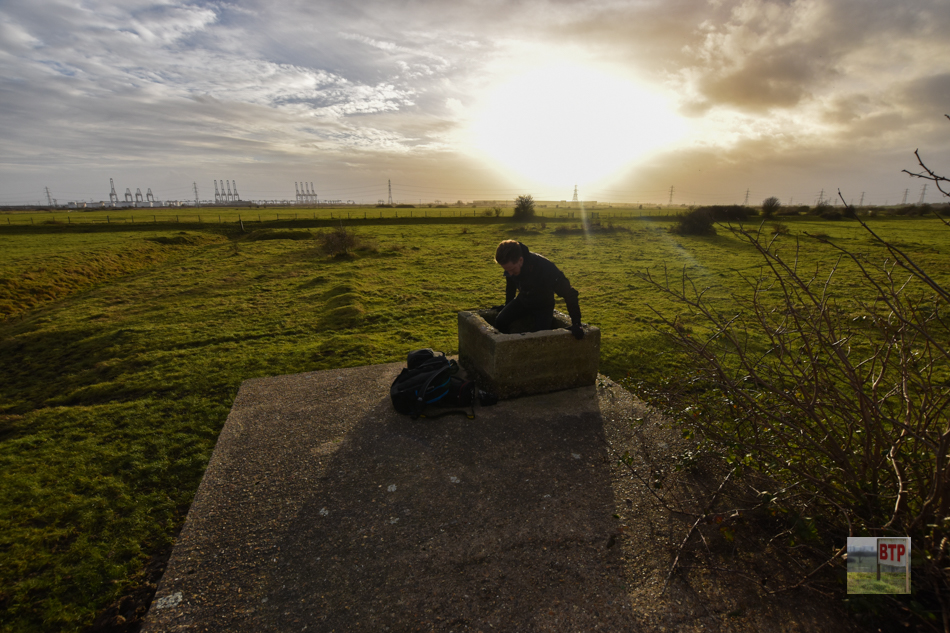
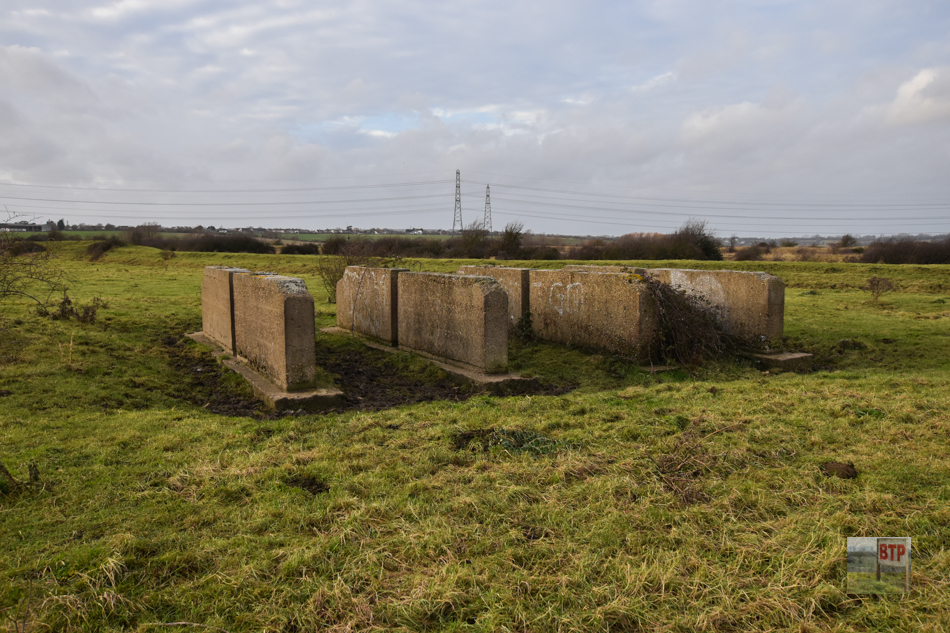
Due to costs and development issues only twelve Oil QF sites were built across Britain with just two in Essex; the Fobbing decoy and one in Stanford-le-Hope. This would have been used to simulate a bombed oil refinery and was to protect the nearby Shell Haven and Thames Haven oil refineries which did get hit in 6th/7th September 1940, possibly prior to the decoy’s installation. The decoy is thought to have been at least partly effective as numerous bomb craters are visible on contemporary aerial photography on the surrounding marshes.
In Fobbing, the night shelter house and a number of other remnants survive. It’s from the night shelter where the site would have been manned and fires would have been ignited electronically from here. Because the crew would have been right amongst the decoy designed to draw bombing, they needed a thick concrete air raid shelter of this type to protect them from anything but direct hits. Close to the shelter house are 4 concrete semi-circular walls, something that would have held the oil drums. Pipes can be seen coming out from the bunker and under the marshes, where the oil would have been pumped.
The night shelter has a narrow entrance round the north side and has an emergency escape hatch on the roof. It is split into two small rooms; one for a generator and the other for control or sheltering. What looks like loop holes are in two of the walls with some smaller holes for piping. Heading away from the bunker, the pipes led us to a small circular hole, perhaps a burning pit or maintenance point.
This decoy is very similar to the shelter at Allhallows Marsh, which still retains the circular decoy pools which would have ignited with fuel. These are sadly gone at Fobbing. It also has a stand for the fuel tank like the Fobbing Decoy, but of slightly different shape. We visited to Fobbing decoy in January 2018 and Summer 2020.
Night Shelter
Miscellaneous
Source: Historic England

